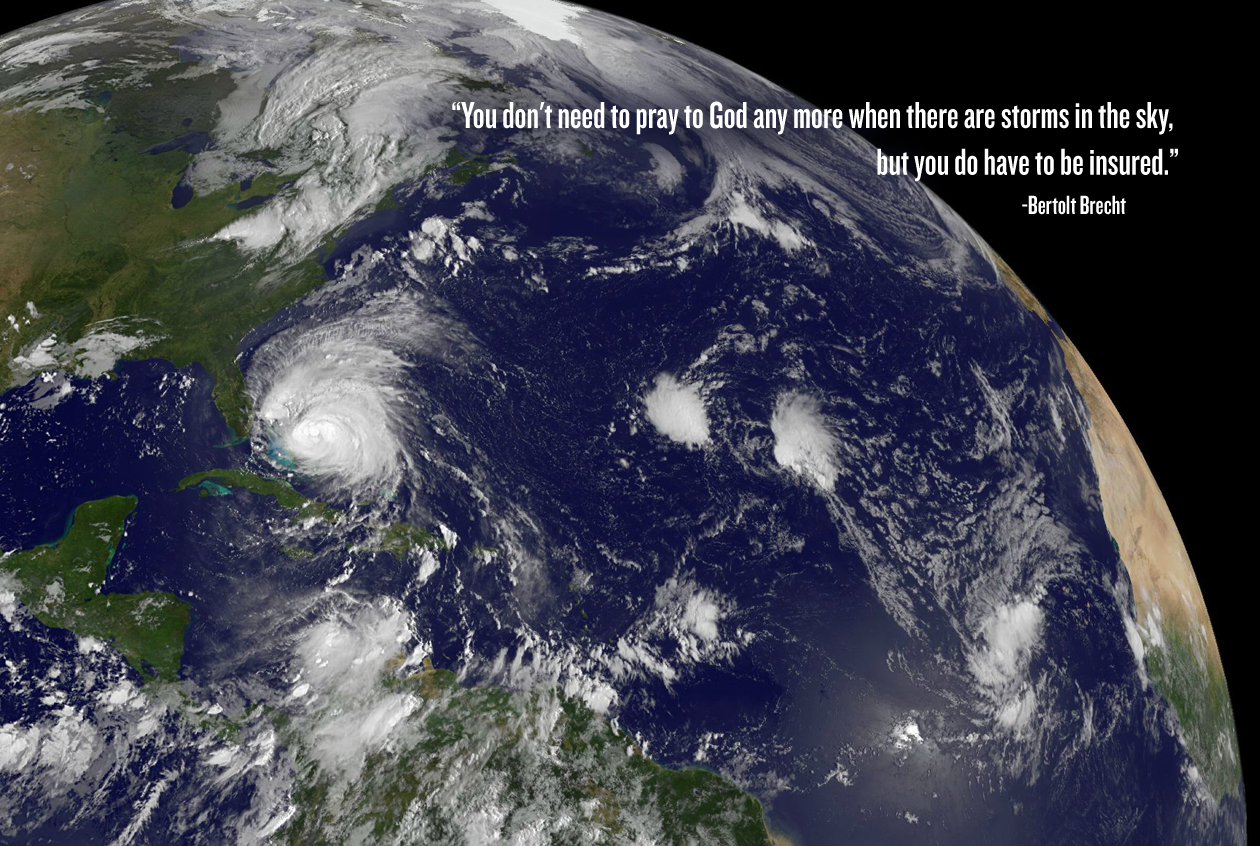This morning I heard a veteran meteorologist call Hurricane Irene‘s trajectory “his worst nightmare”. It’s aimed directly at Wilmington, Cape Hatteras, Norfolk, New York, Boston, and Portland. The governors of North Carolina, Virginia, New York, Massachusetts, Maine, and others, are warning their citizens this will be a “catastrophic event”. Mayor Bloomberg has already evacuated hospitals and nursing homes, and the city’s mass transit system will be shut down. Central Park will almost certainly be ravaged, as well as the World Trade Center reconstruction site. Workers are frantically trying to wrap up construction of the two fountains located in the footprints of the old towers in order to have them ready for the September 11th anniversary ceremonies, but meeting this deadline is looking very iffy at this point. Because Manhattan is such a low-lying city, parts of it will be flooded in 6′ to 12’ of water. The Washington Monument is under very close watch right now due to the earthquake that wobbled it earlier this week. Some of the cracks at the top of the obelisk are so large that sunlight is coming through them, and a no-access perimeter zone now surrounds it, as well as at Washington’s heavily-damaged National Cathedral (after this week’s earthquake the tower appears to be leaning). The entire east coast is in for quite a horrific weekend indeed. Experts warn residents to plug all windows with plywood (if all windows are not plugged you could lose your roof), recharge your phones and rely on texting (cell towers will be inundated with calls, but texts still get through), fill your bathtub with water to be able to flush your toilet, stock up on batteries and water, fill your gas tank (pumps do not work without electricity), and of course stock up on food.
If you find yourself in the path of Irene and need tips and guidelines on how to stay safe and prepare yourself, be sure to visit the website of the National Oceanic and Atmospheric Administration. For all up-to-date information on Irene’s location and trajectory visit the website of NOAA’s National Hurricane Center. For updated satellite imagery of Hurricane Irene from space you can visit NASA.


